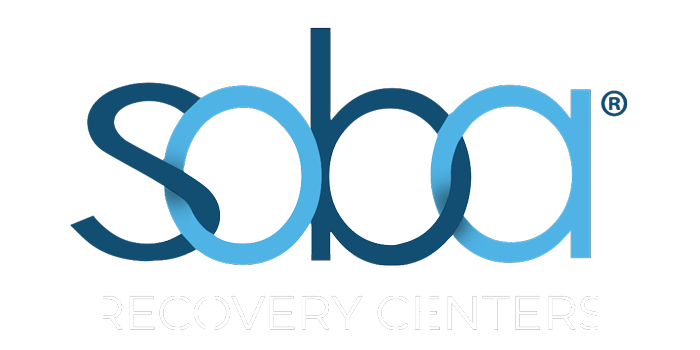Detox success statistics are difficult to gauge because of the different characteristics of addictive substances and their effects on the users’ body and mind. True recovery does not end with the detox. It starts with it. Prevailing statistics proved how detox helps a person avoid relapse with the help of an effective and comprehensive addiction treatment program.
Drug Detox Statistics
SAMSHA claimed that patients who undergo detoxification as part of their addiction treatment will not readily relapse compared to their counterparts who did not go through detox. In addition, it will take 40% longer for patients who completed a comprehensive 30-day detox to relapse. This is a significant rate that shows detox success. However, detox itself will not cure addiction. The 2006 SAMSHA study proved that 25% of patients who went through detox are readmitted within the same year for substance abuse detox. But, patients who underwent detox as part of their substance abuse treatment program have an increased probability of recovery. The study also stressed the importance of attending an immediate addiction treatment program right after detoxification to avoid relapse.
How Drug Detox Programs Work?
It is important to note that substance abuse has deleterious effects on a person’s brain and body. When a person tries to withdraw from using addictive substances the period of withdrawal ensues. Such a period is described by painful and sometimes life-threatening symptoms. In order for a person to safely overcome substance abuse, detoxification is necessary. Consequently, a good treatment program for drug addiction starts with a comprehensive detox which aims to achieve medical stability.
Detox success is attained through the following means:
- Gradual reduction of drug or alcohol dose
- Substitution of a similar or alternative drug with lesser side-effects
Although some individuals may not need medical supervision during the detoxification period, it is vital to undergo detox in a specialized facility to ensure the patient’s safety. Generally, the detox process requires the following medical assistance:
Monitoring of vital signs: Detox is a crucial procedure that aims to expel the chemicals from your system. During detox, you cannot take addictive drugs. This implies the fact that your body will feel symptoms associated with your withdrawal from addictive substances. Some signs of withdrawal may include changes in vital signs which can be indicative of a life-threatening condition. Examples of vital sign changes that require prompt medical attention include the following:
- Temperature: Hot flashes, mild fever, and hypothermia (decreased body temperature)
- Pulse: Increased/decreased pulse rate
- Respiration: Rapid breathing (hyperventilation) or decreased breathing (hypoventilation)>
Blood pressure: Hypertension or hypotension may indicate a serious medical condition that requires quick medical intervention.
Emotional support: There are counselors and therapists available to help the patients discuss their fears and worries with regards to the detox procedure and the ordeals of addiction treatment. Presence of loved ones especially family members of close friends is also helpful in motivating the patient to carry on with the treatment.
Medications: If it is necessary, medications shall be administered by the qualified medical personnel assigned to you.
Visit the nearest drug detox center to know more about detox success statistics and the suitable detox and addiction treatment for you or your loved one.



